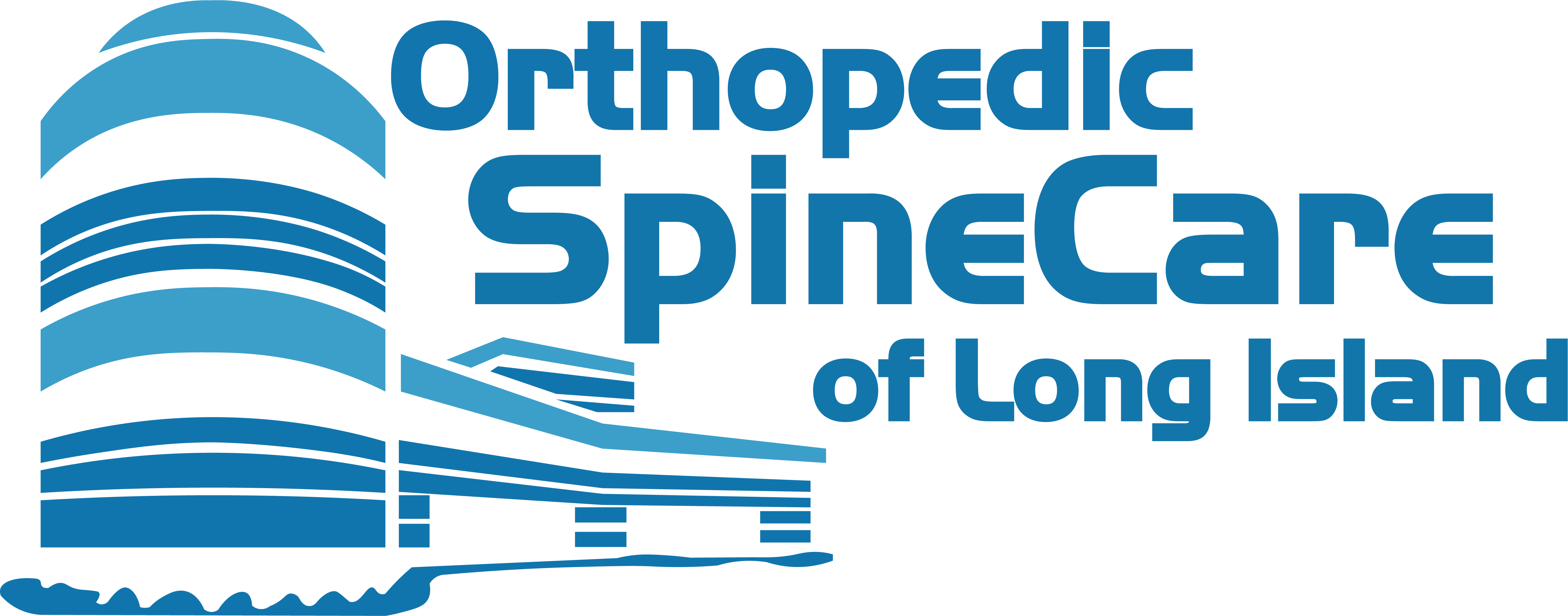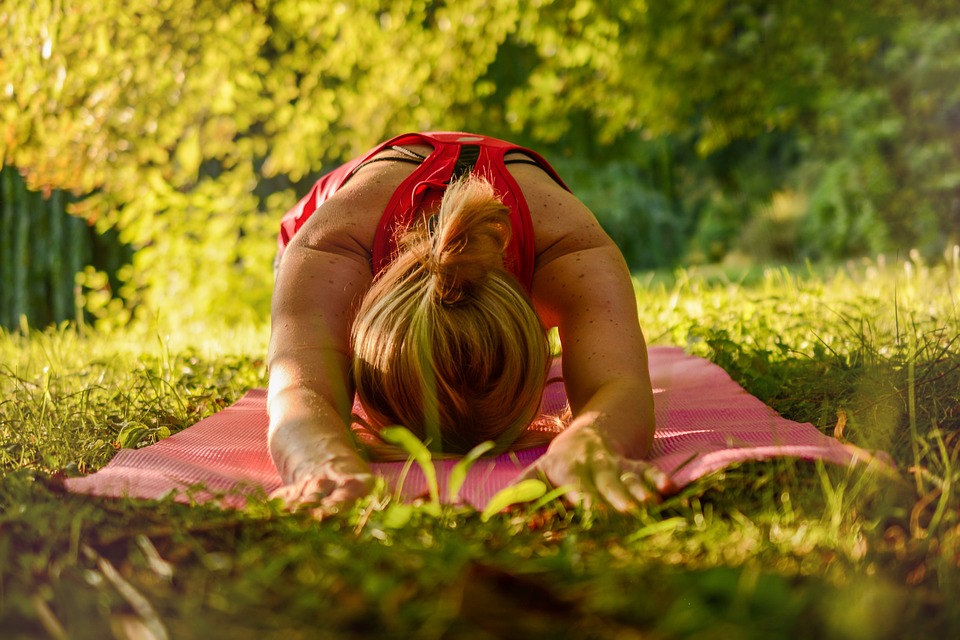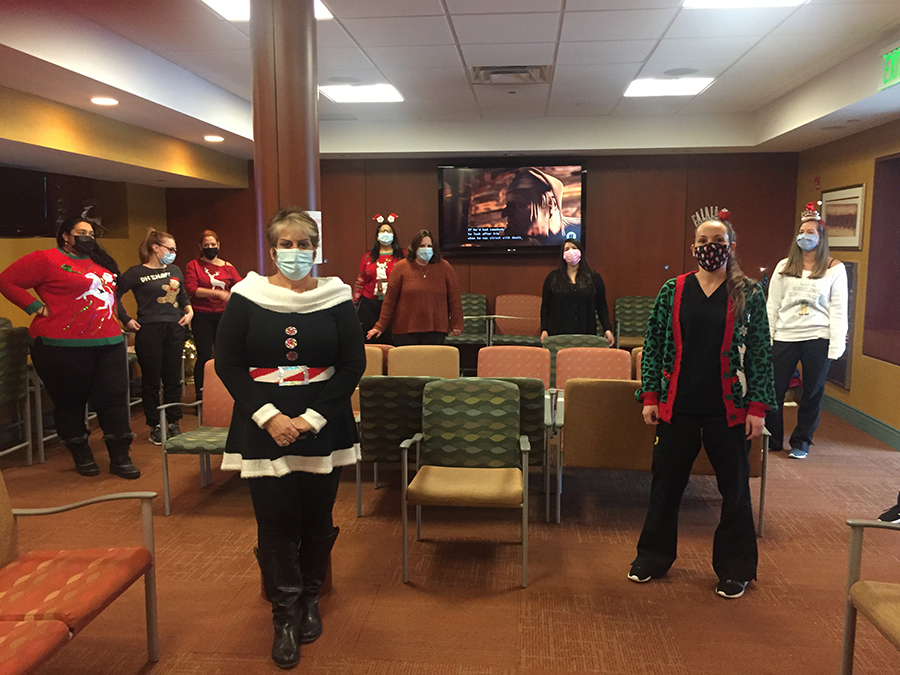
Surgical Treatment for Sciatica Pain Relief
September 28, 2017
How Your Spine Impacts Your Overall Health
October 13, 2017The Aging Spine: Conditions And Treatment
Aging is an inevitable process that we as human beings must learn to accept as we continue on with our lives. For most of us, parts of our body will begin to degenerate and we are forced to make adjustments in order to move forward with these sudden changes. Specifically, degenerative changes in the spine are common in many adults as part of the natural aging process.
Common conditions that occur through spinal deterioration include disorders such as:
- Spinal stenosis
- Degenerative spondylolisthesis
- Adult scoliosis
Majority of these conditions progressively get worse over time, which is why it is imperative for adults to understand the symptoms, treatment options available, and potential risks:
Spinal Stenosis
Spinal Stenosis is the literal thinning/narrowing of the spaces within your spine, thus putting pressure on the nerves that run through the spine. This disorder typically will occur in both the neck and lower back areas.
Symptoms of Spinal Stenosis: In most cases, people don’t have any symptoms of spinal stenosis. The disorder progressively gets worse over time, which could lead to symptoms appearing. Spinal stenosis is usually initially identified through an MRI or a CT scan, but symptoms can potentially occur. The following are potential symptoms that can be found in the neck area (cervical spine):
-
Numbness in a hand, arm, leg, or foot.
-
Weakness in these areas as well
-
Issues with walking upright/balance
-
Neck pain
Potential Risks: If left untreated, there is the risk of permanent damage that can occur in the spine through spinal stenosis. These risks can include the following:
-
Numbness
-
Weakness
-
Balance problems
-
Incontinence
-
Paralysis
Degenerative Spondylolisthesis
Degenerative spondylolisthesis is diagnosed when one vertebra slips forward over the one that’s below it. The disease is more common in adults who are over age 50, with a significant jump in those who are over age 65. In most cases, it occurs in the lower levels of the spine.
The symptoms of degenerative spondylolisthesis are actually similar to the ones found in spinal stenosis. It also follows a similar path to stenosis, in that it gradually becomes more severe over time. The symptoms that come from degenerative spondylolisthesis include the following:
-
Leg pain
-
Sciatic pain (aching in one or both legs)
-
Pseudoclaudication (tired feeling in the legs, usually after standing for a long period of time)
-
Pain when standing upright
-
Difficulty arching forward
-
Decreased flexibility in the lower back
-
Tight hamstring muscles
Potential risks: One of the dangers that can occur from degenerative spondylolisthesis is the patient developing cauda equina syndrome. This syndrome causes progressive nerve root damage and a loss of bladder/bowel control. This would be an extremely rare occurrence, but in the event that it does happen then you need to pursue immediate medical attention. The risks for spinal stenosis are also similar to this disorder as well.
Adult Scoliosis
Although more common in children, scoliosis can also occur in people who are over the age of 18 already. Scoliosis, in general, is defined as the curving of the spine by at least a 10-degree amount. Adult scoliosis goes through two different phases, adult idiopathic scoliosis, and adult “de novo” or degenerative scoliosis. The former occurs during childhood while the latter develops during adulthood.
Symptoms
The causes for scoliosis are not very well known at this time. But identifying the disease can be made easy by physicians. Some of the symptoms of scoliosis go as follows:
-
Large curves that can lead to back pain
-
Occasional shortness of breath
-
Nerve irritation
-
Leg pain and possible weakness as well
Potential Risks
Adult scoliosis gradually degenerates with age, potentially reaching a curvature of roughly 30 or 40 degrees. This deformity can then lead to a hump or prominence in the area of the spine that is involved. However, it is rare for paralysis or neurological damages to occur in the spine from scoliosis. The degeneration of the discs can also lead to poor posture and an inability to stand upright.
If you are looking for an orthopedic spine specialist on Long Island, Contact Orthopedic Spine Care of Long Island in Huntington today!






